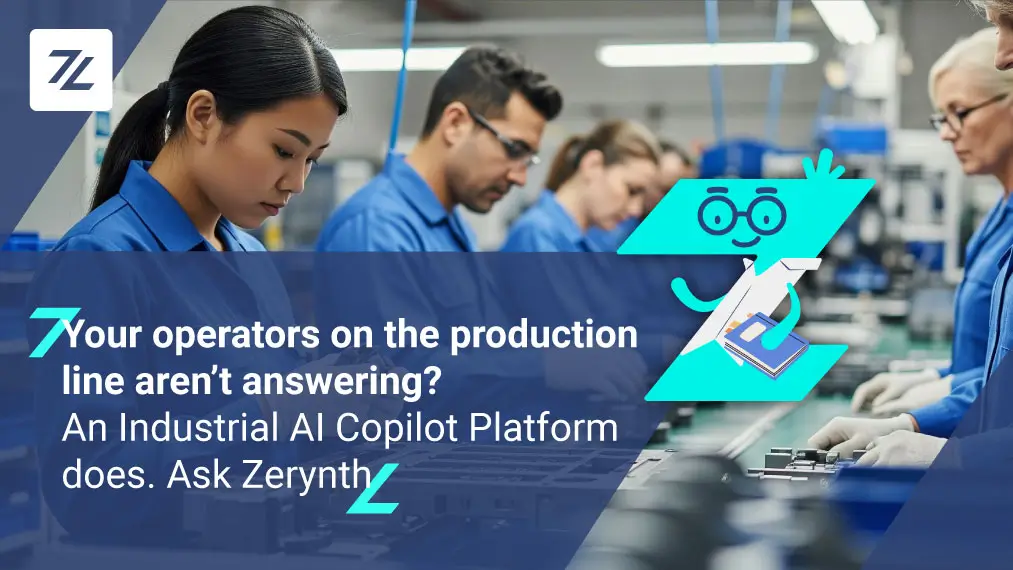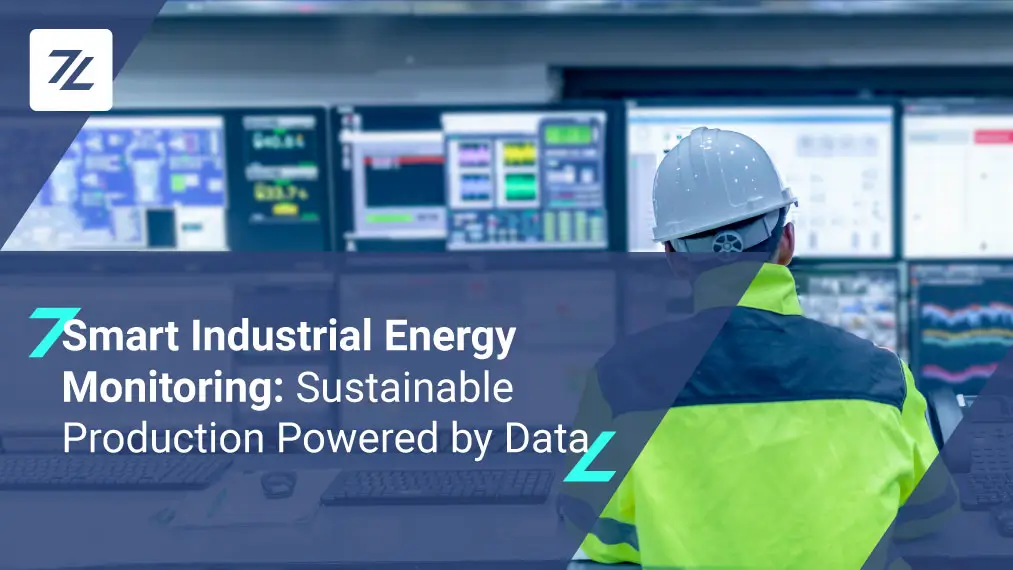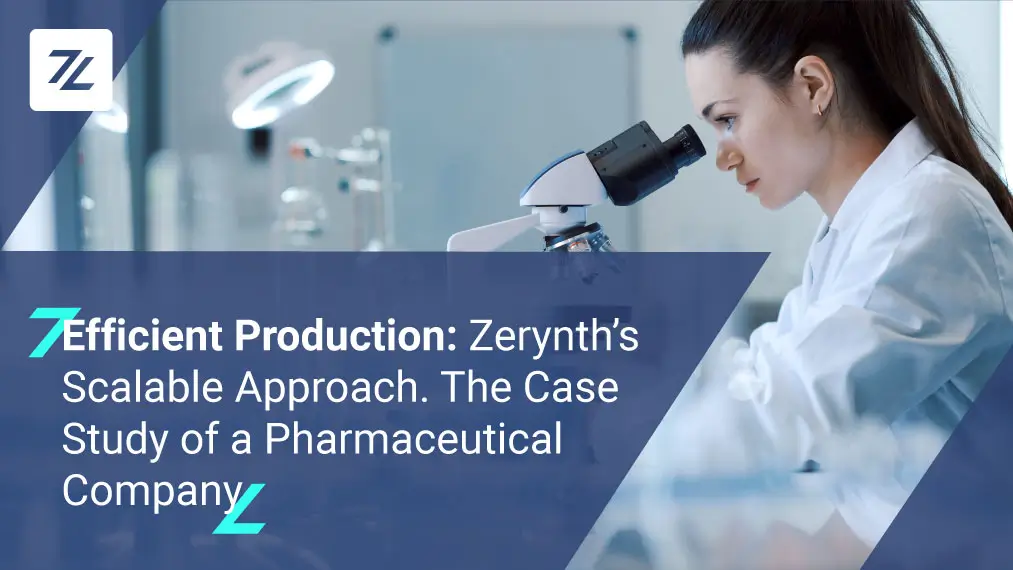SMEs have a great opportunity to increase productivity and profitability through data-driven management of their production processes.
Discover how to transform your business through intelligent monitoring, advanced analytics, and data-driven continuous improvement.
Data-Driven Manufacturing
Adopting a data-driven philosophy, though it may seem like an overused term, is still a strategic choice for companies aiming to improve their performance.
Consider the optimization of production processes: the ability to collect and analyze data across the entire process allows you to identify inefficiencies and areas for improvement in a precise manner, enabling targeted and less costly efficiency measures – a particularly relevant advantage for SMEs.
However, transitioning to a data-driven approach is not straightforward. In addition to technology, it requires a cultural change within the organization to truly value and understand the potential of data. We have already explored the aspect of data culture in a previous article; in this article, instead, we focus on the practical side of becoming data-driven, also exploring some concrete application examples.
Optimizing Production Processes with Data-Driven Strategies
Let’s start with a clear definition: what do we mean by optimizing production processes with data-driven strategies?
It means using the data collected during the production process to make informed decisions, identify inefficiencies, and continuously improve operations. This approach not only makes production more efficient, but also enables ongoing improvement over time.
What does this strategy involve?
- Data Collection and Integration: The foundation of a data-driven strategy is the collection of accurate and timely data. The implementation of IoT systems and sensors allows for the real-time collection of information from machinery and processes, while integration with business systems (such as ERP and MES) ensures a continuous and consistent flow of data between different business functions.
- Advanced Analysis and Monitoring: The collected data must be analyzed to transform it into useful insights. Advanced analysis techniques, supported by the use of AI Copilots, allow the identification of inefficiencies and areas for improvement. Artificial intelligence and machine learning not only assist in the analysis, but also enable the prediction of potential malfunctions or maintenance needs before they become problems.
- Implementation of Actions: Once the insights have been gathered and interpreted, it’s time to take action. Modifications and optimizations are applied to the production processes, with the help of AI technologies that support decision-makers in making informed and real-time choices, improving efficiency and reducing costs.
- Continuous Monitoring and Improvement: This is the true challenge of a data-driven approach. Processes must be constantly monitored to evaluate their effectiveness and identify new improvement opportunities. In a production context, this also means being able to adapt quickly to changes and continuously optimize processes to maintain high efficiency.
This continuous cycle of data collection, analysis, implementation, and monitoring allows companies to evolve continuously, improving not only their production processes, but their entire business operations.
What Data is Important?
For a production optimization strategy , it is crucial to collect and analyze a series of key parameters.
Monitoring the operational status of machines and their condition, for example (standby, production, setup, loading/unloading, etc.), allows the calculation of OEE, the identification of downtime periods, and the determination of areas of the process that can be improved.
Measuring energy consumption, both at the plant and individual machine level, helps reduce operating costs and ensure compliance with environmental regulations. The Zerynth IoT & AI Platform offers detailed energy profiles, highlighting areas for savings.
Collecting production data, such as cycle times and defect rates, is crucial for identifying bottlenecks and improving productivity. Similarly, analyzing machine downtime data allows the optimization of maintenance and the reduction of interruptions, improving OEE.
Finally, monitoring alarms and responding promptly to failures or quality issues prevents serious disruptions and helps maintain a constant production flow.
This data, collected and analyzed in real-time, allows informed decision-making and continuous improvement of operational efficiency.
The Zerynth Solution for Production Process Optimization
The Zerynth IoT & AI Platform is our end-to-end solution for the analysis and optimization of production processes. The Platform enables companies to monitor, analyze, and improve every aspect of the production cycle in real-time, simplifying the management of large amounts of data and generating valuable insights.
The platform directly integrates with the machinery, collecting continuous operational data, which is automatically analyzed with the support of Zero, our AI Copilot. This process generates in-depth insights, accessible through intuitive dashboards and reports. In addition, Zero is available to support the final interpretation of the information.
The Production Insights App, available in the Zerynth Platform, allows real-time monitoring of production processes, enabling optimization based on the collected data and delivering several benefits:
- Improved machinery utilization and reduced breakdowns by improving response times to inefficiencies
- Increased productivity and optimization of delivery times, planning, and forecasting through advanced production progress monitoring
- Increased sustainability through waste reduction
Want to discover how we can help your company optimise production processes? Contact us today or get your quote!
Share This Story, Choose Your Platform!
Follow Zerynth on
Latest Posts





